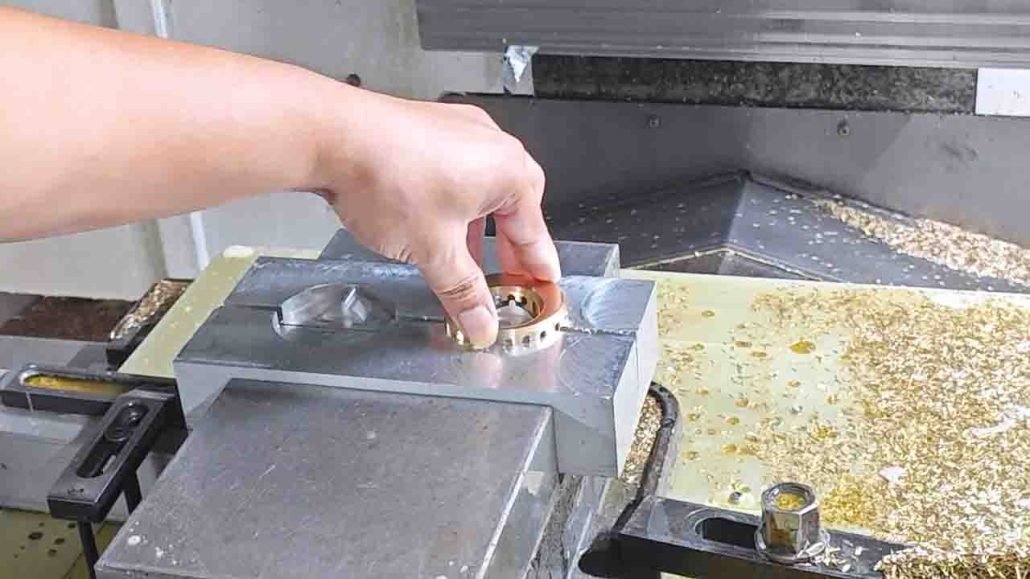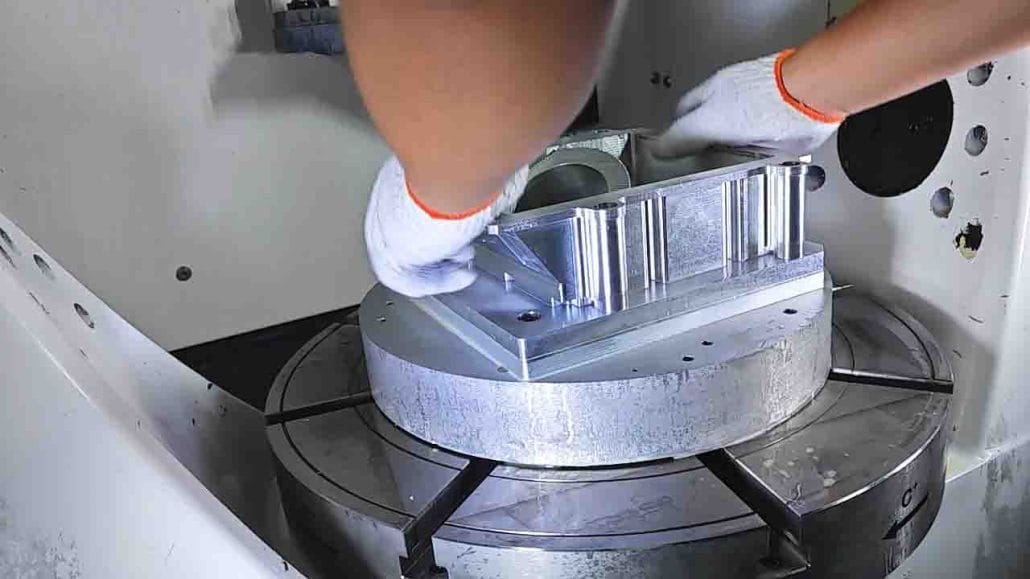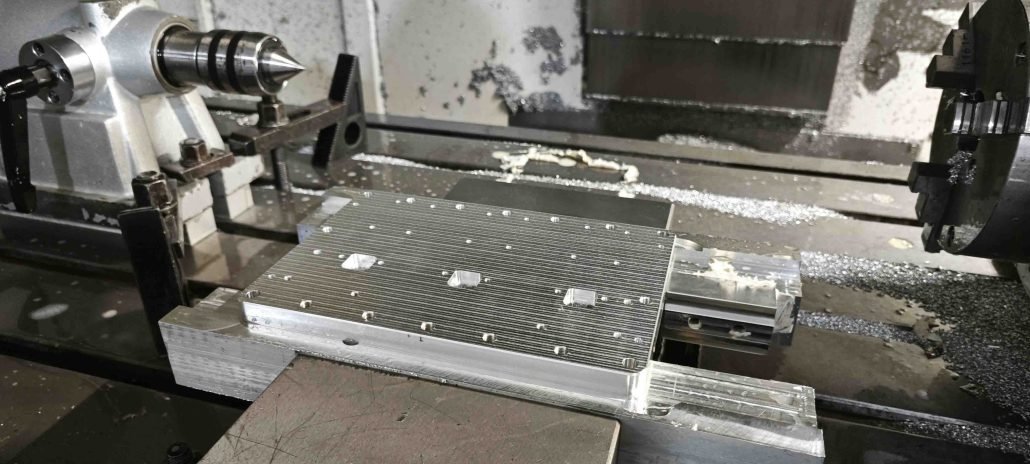CNC technology has revolutionized the manufacturing industry, making it easier to produce complex CNC machine parts with high accuracy and precision. Two of the most common CNC processes are CNC milling and CNC turning. In this article, we will explore the differences between these two processes and provide guidance on how to choose the best option for your project.
Difference Between CNC Milling and CNC Turning
CNC milling is a subtractive manufacturing process that involves removing material from a solid block or sheet to create a shape or design, while CNC turning involves rotating a workpiece while a cutting tool removes material to create a cylindrical shape. CNC milling is better suited for producing parts with complex shapes and features, while CNC turning is better suited for producing parts with rotational symmetry. CNC milling machining is more expensive initially due to higher setup costs, but can produce parts faster and in larger quantities, making it more cost-effective for large-scale production runs. CNC turning may be more cost-effective for smaller production runs due to its lower setup costs.

CNC Milling
CNC milling is a subtractive manufacturing process that involves removing material from a solid block or sheet to create a shape or design. The process uses a rotating cutting tool that moves along multiple axes to cut and shape the material. CNC milling machines come in various sizes, from small desktop machines to large industrial machines that can handle large-scale production.
Advantages of CNC Milling
- Can produce parts with complex shapes and features
- Suitable for a wide range of materials, including metals, plastics, and composites
- High accuracy and precision
- Fast and efficient production
- Can produce large parts and multiple parts simultaneously
Disadvantages of CNC Milling
- Higher initial setup costs
- Limited to producing parts with rotational symmetry
- Requires skilled operators to program and operate the machines
CNC Turning
CNC turning is a manufacturing process that involves rotating a workpiece while a cutting tool removes material to create a cylindrical shape. The process is commonly used to produce parts with a circular cross-section, such as shafts, bolts, and screws. CNC turning machine parts can be used for both small-scale and large-scale production.

Advantages of CNC Turning
- Suitable for producing parts with rotational symmetry
- High accuracy and precision
- Can produce parts with a smooth surface finish
- Fast and efficient production
- Suitable for a wide range of materials, including metals, plastics, and composites
Disadvantages of CNC Turning
- Limited to producing parts with a cylindrical shape or simple cross-sections
- Not suitable for producing parts with complex shapes and features
- Requires skilled operators to program and operate the machines
How to Choose Between CNC Milling and CNC Turning
When choosing between CNC milling and CNC turning, several factors should be considered, including:

- Part geometry: If the part has a complex shape, CNC milling may be the better option. If the part has a cylindrical shape, CNC turning may be the better option.
- Material: Both CNC milling and CNC turning can be used for a wide range of materials. However, some materials may be better suited for one process over the other.
- Production volume: CNC milling is better suited for producing large parts and multiple parts simultaneously. CNC turning is better suited for producing small to medium-sized cnc machining parts.
- Surface finish: If the part requires a smooth surface finish, CNC turning may be the better option.
In conclusion, both CNC milling and CNC turning offer advantages and disadvantages, and the choice between the two processes ultimately depends on the project requirements. By considering factors such as part geometry, material, production volume, and surface finish, you can choose the best option for your project and achieve high-quality results.
Additionally, another factor to consider when choosing between CNC milling and CNC turning is cost-effectiveness. CNC milling can be more expensive initially due to the higher setup costs, but it can produce parts faster and in larger quantities, making it more cost-effective for large-scale production runs. On the other hand, CNC turning may be more cost-effective for smaller production runs due to its lower setup costs.
It’s important to note that both CNC milling and CNC turning require skilled operators to program and operate the machines, which can also impact the overall cost of the project. Therefore, it’s crucial to choose a reputable and experienced manufacturing partner to ensure high-quality results and cost-effectiveness.
In summary, CNC milling and CNC turning are both valuable manufacturing processes with their own advantages and disadvantages. By considering the factors mentioned above and working with a trusted manufacturing partner, you can choose the best option for your project and achieve the desired results.


